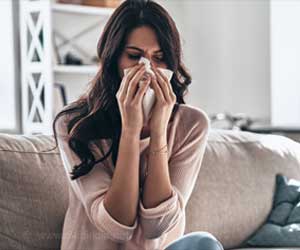Researchers have devised a new method than allows an earlier diagnosis of pancreatic cancer.

Pancreatic cancer is a rather silent ailment that walks in unnoticed, and rarely causes symptoms until they are widespread and advanced. It is a deadly disease where only 5 percent of the sufferers survive five years after the diagnosis. This is due to the fact that the cancer is often detected at a late stage.
Symptoms of pancreatic cancer occur late and are nonspecific. Weight loss, back pain, jaundice are common in advanced pancreatic cancers. About 40,000 cases of this cancer occur in the United States alone every year.
Fluid-filled compartments in the pancreas called cysts are known to be precursors of the cancer. Researchers at The Sahlgrenska Academy, University of Gothenburg developed a method that detects the presence of mucus protein, mucins, in the cystic fluid. It allowed them to correctly diagnose the cancer in 77 of 79 cysts that were examined.
"This is an exceptionally good result for a diagnostic test, and we are very hopeful that the method will enable more instances of early discovery of pancreatic cancer, at a stage when the cancer can be treated or prevented. This approach may also minimize the risk of unnecessary operations on non-malignant cysts," said Karolina Jabbar, PhD student at The Sahlgrenska Academy and physician at The Sahlgrenska University Hospital.
The new method employs proteomics; in proteomics the protein content is analysed by mass spectrometry. "The technique has been developed, and we can now measure biomarkers both quickly and exactly. Moreover, the method requires minimal biomaterial, in this case 25 times less cyst fluid than conventional tumor marker analyses. I am certain that within five years the mass spectrometers will have moved into the hospital corridors," hopes Professor Gunnar C. Hansson.














